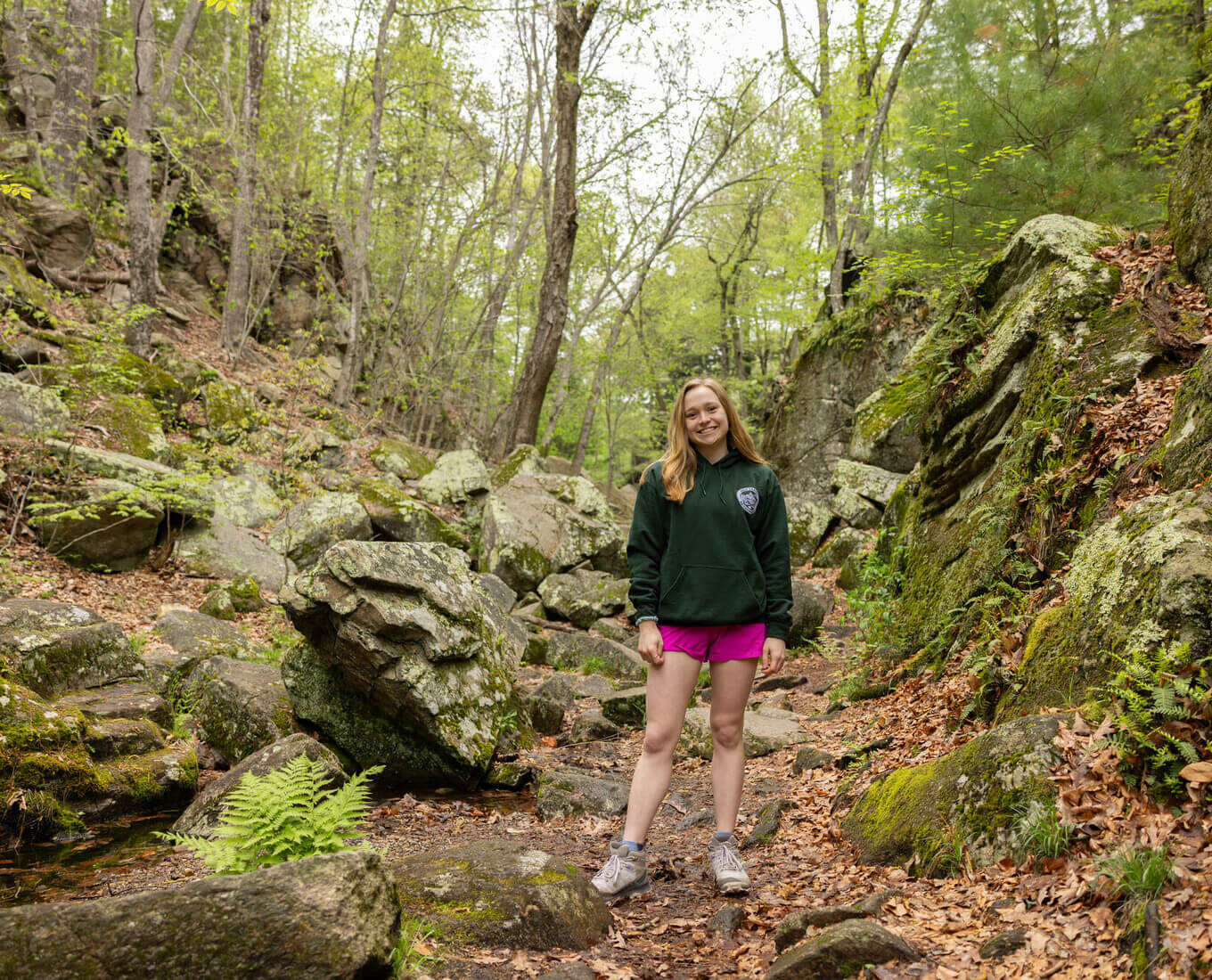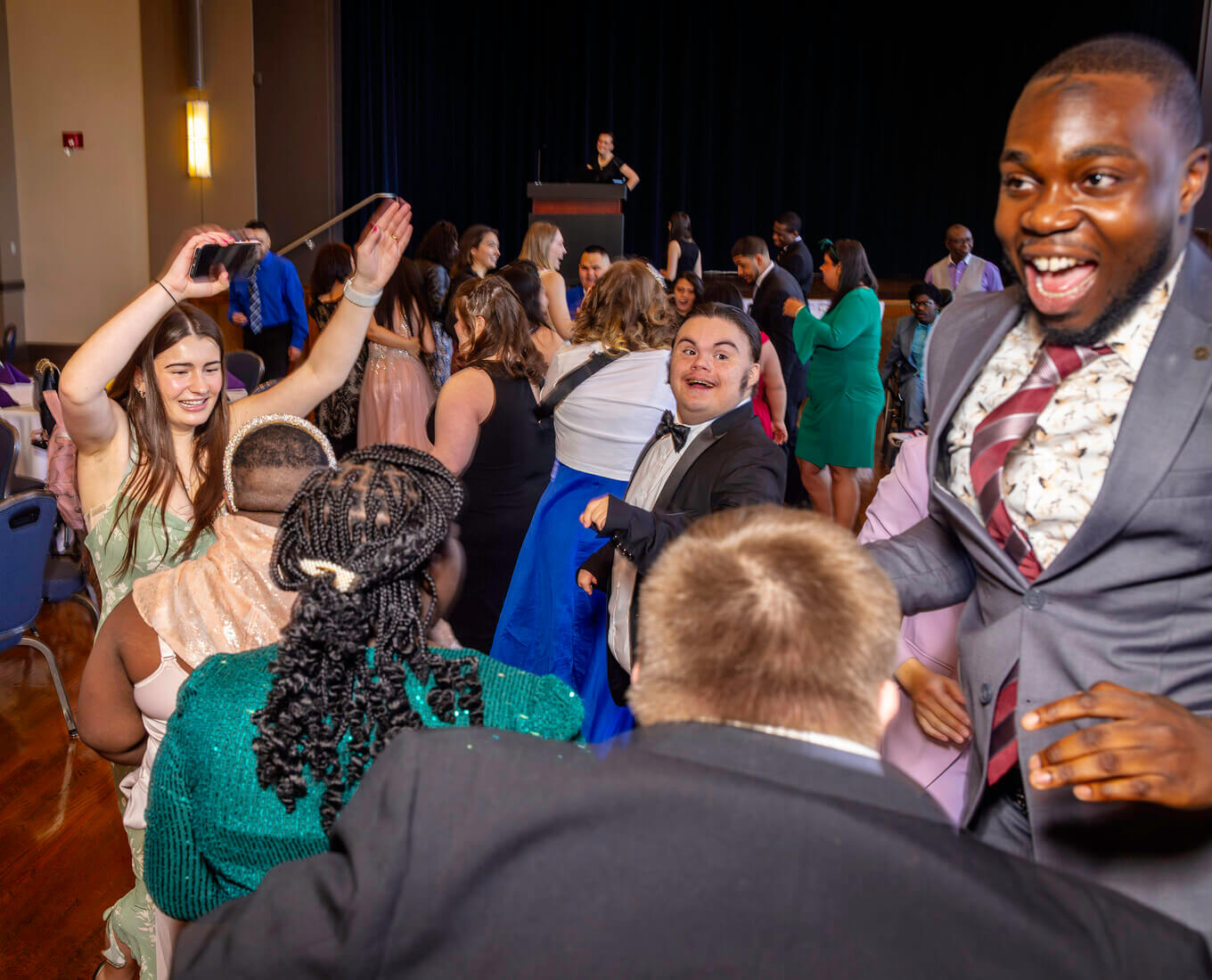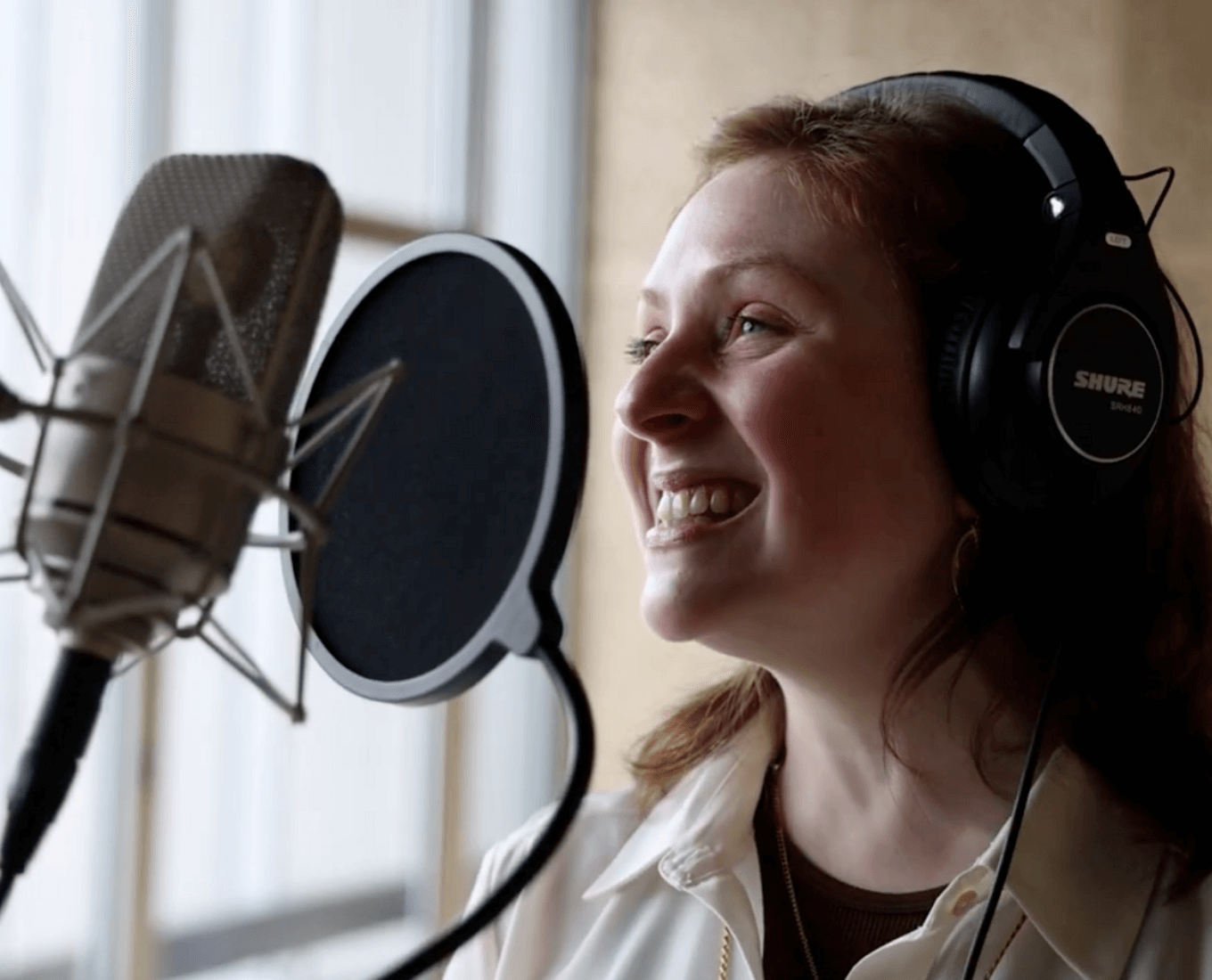psychology, sought to create a fundamental course that offered an innovative, integrative academic experience for students.
Basu’s curriculum development team included David Damiano, professor of mathematics; Andre Isaacs, assistant professor of chemistry; Michelle Mondoux, associate professor of biology; Tomohiko Narita, associate professor and chair of physics; and Constance Royden, professor of computer science and computer science coordinator. With funding from a spring 2016 Hewlett-Mellon grant, Basu and her colleagues created a rigorous course rooted in STEM concepts by using a “flipped” classroom model that challenges students to come prepared to push their thinking in class.
The course, offered during the fall semester, is mainly targeted to first-years. It is thoughtfully designed to provide an early entry point for students, many of whom may be new to the sciences, to explore neuroscience and to gain an appreciation for the complexity of the issues the field tackles and the diversity of methodologies used. For Basu, it is important that students understand how much faculty members from different departments contributed to the creation of this course because it removes a sense of “foreignness” for students when they are considering studying other disciplines.
On the day HCM visited class, the power and magic of the human brain was on full display: both on the colorful slides Basu presented of neurons, but perhaps more importantly in the impressive performance from her students, who drew on previously studied material to think through complex novel problems masterfully thrown at them at lightning speed.
This particular “flipped” class asked students to show up having studied a video and animations of how DNA is transcribed to RNA and how RNA is translated to protein. After a warm-up in which Basu elicited input from students to create a chalkboard visual of the components of a chemical synapse, students were shown actual images of neurons taken by researchers.
Basu asked students to think through how these researchers would go about determining which neurons release serotonin from their presynaptic terminals. She encouraged students to brainstorm in small teams before working through ideas as a group. They followed this model to explore various complex questions.
Alumna Victoria Mousley '17, a psychology and deaf studies double major, with a concentration in gender, sexuality, and women’s studies, who is pursuing a career in cognitive neuroscience, saw the benefit of the course’s integrative approach when auditing the class in 2016: “I never fully understood how physics, math, biology and chemistry could attack the same questions about the brain I was asking in psychology. By introducing students to STEM topics, this course allows beginners to understand neuroscience as the expansive subject it is. In doing so, students can decide what they like and don't like about all the different levels of analysis.”
Basu’s hope is that this course will serve as that launching pad for students to determine how the sciences and the field of neuroscience may fit into their Holy Cross education. The course has already attracted diverse minds, including music and computer science majors, and Basu expects to see that trend continue — something the field of neuroscience could use.
“There are pressing social needs to do with neurological and neuropsychiatric disorders that are affecting an increasing proportion of the world’s population,” says Basu. “The study of neuroscience offers a perspective on life and human nature that seeks to integrate many different domains of human knowledge; it prompts us to ask very large questions about who we are and our relationship to the natural world. It motivates us to think and work in inventive ways that challenge traditional boundaries between disciplines, and it trains us to be integrative thinkers by virtue of the complexity of the problems.”
Course Catalog
CISS 110: Introduction to Neuroscience
Professor: Alo Basu
Department: Center for Interdisciplinary Studies
Description: This course provides an integrative introduction to neuroscience through study of topics, including comparative vertebrate and invertebrate neuroanatomy, neurophysiology, sensory and motor systems, behavioral neurobiology, neuropharmacology and neural basis of cognition. In order to offer groundwork for continued interdisciplinary study of the neural basis of behavior, the course highlights fundamental principles of nervous system structure and function.
Meeting Times: Monday, Wednesday, Friday; 11–11:50 a.m.
Classroom: Swords 227
Flipped Class
Employing a “flipped” class model on selected days, this course requires students to spend significant time prior to class studying concepts related to biology, chemistry, physics, mathematics and neuroscience, some of which are covered in videos. They apply these concepts through problem sets and are expected to arrive to class prepared to extend their thinking to achieve a deeper understanding of nervous systems. Lab days are scheduled throughout the semester to provide opportunity for hands-on work.
Required Reading
- “Neuroscience: Exploring the Brain” by Bear, Connors, and Paradiso, 4th ed.
- Additional readings and videos assigned throughout the semester
Vocabulary
Integrative thinking = an approach that involves pulling together knowledge and tools from various disciplines and applying them
Assignments
- Quizzes and four exams, including a final
- Problem sets
- Class participation
Grades: Problem sets, quizzes, exams and participation
Prerequisites: None, open to all students
About The Professor
Alo C. Basu is an associate professor in the Department of Psychology and currently serves as Neuroscience Advisor for students across the College. She earned her Ph.D. in neurobiology from Harvard University and has worked at Holy Cross for six years. Her fields of study include neurobiology of learning and memory, stress-related neuroplasticity, and genetic and environmental risk factors for neuropsychiatric disorders. Her recent scholarly work was published in "Behavioural Brain Research" and "Neurobiology of Learning and Memory." A pedagogical article on the Introduction to Neuroscience course was recently published in the "Journal of Undergraduate Neuroscience Education" (2017 Volume 16: Issue 1); you can find it online at www.funjournal.org. She will be on sabbatical next year, which will include conducting research in the lab with students and working on course development. Basu was integral in establishing the new interdisciplinary minor in neuroscience at the College.
Written by Meredith Fidrocki for the Winter 2018 issue of Holy Cross Magazine.
About Holy Cross Magazine
Holy Cross Magazine (HCM) is the quarterly alumni publication of the College of the Holy Cross. The award-winning publication is mailed to alumni and friends of the College and includes intriguing profiles, make-you-think features, alumni news, exclusive photos and more. Visit magazine.holycross.edu/about to contact HCM, submit alumni class notes, milestones, or letters to the editor.


